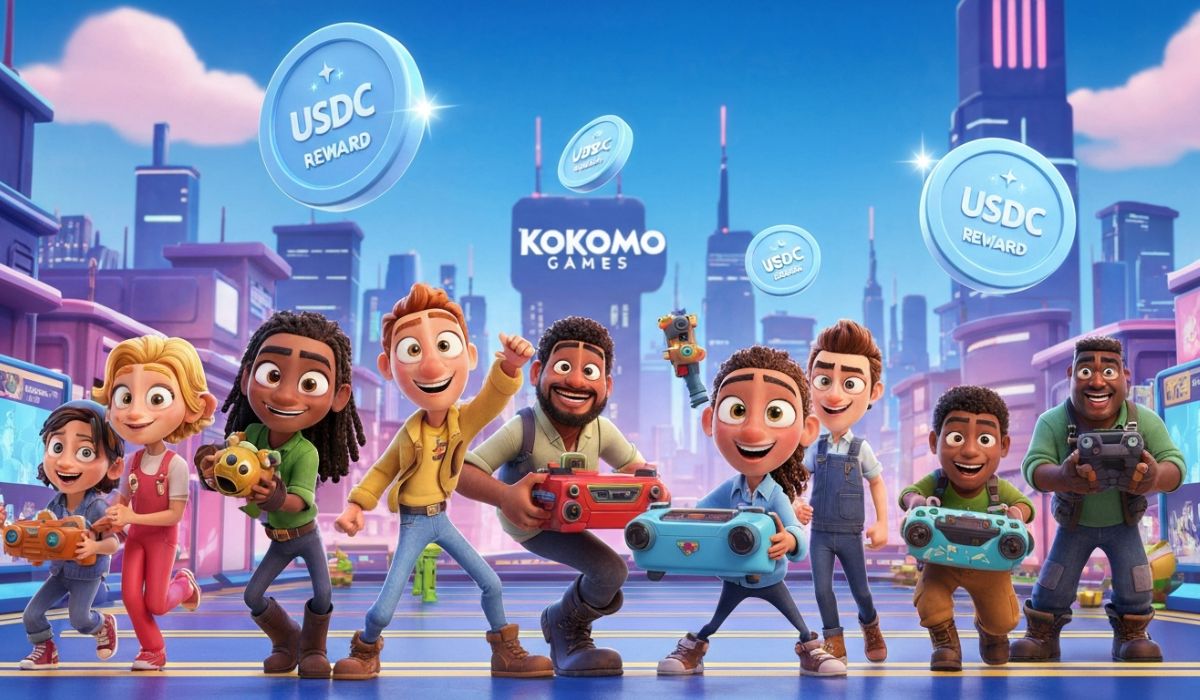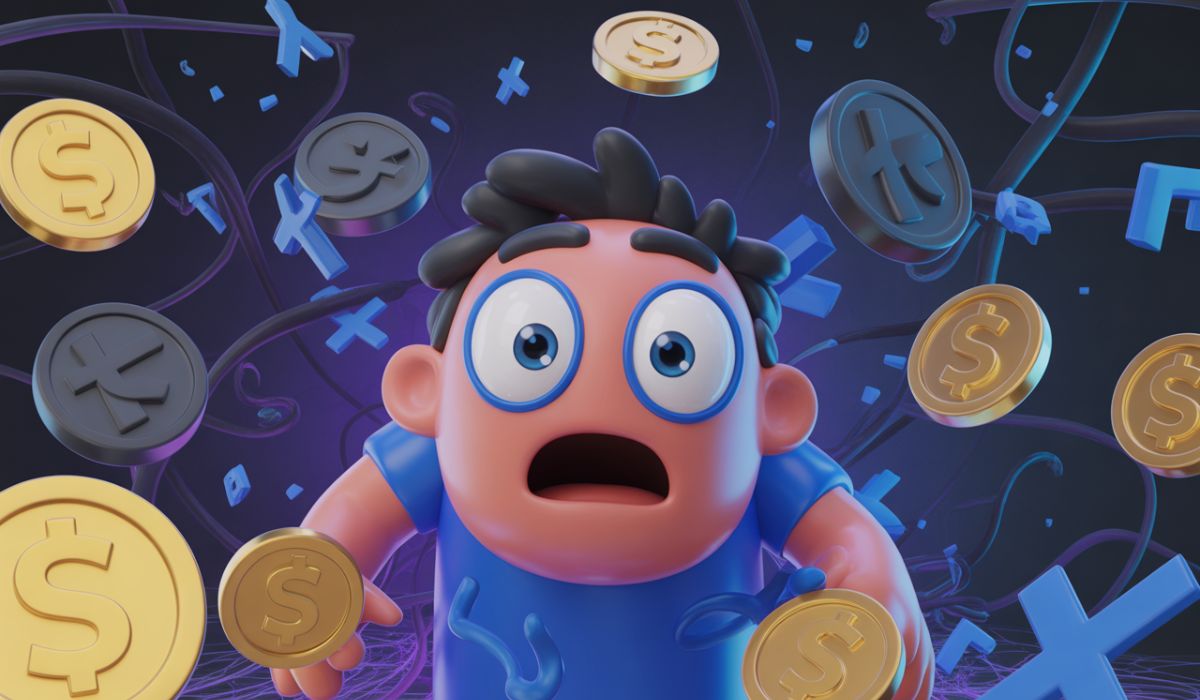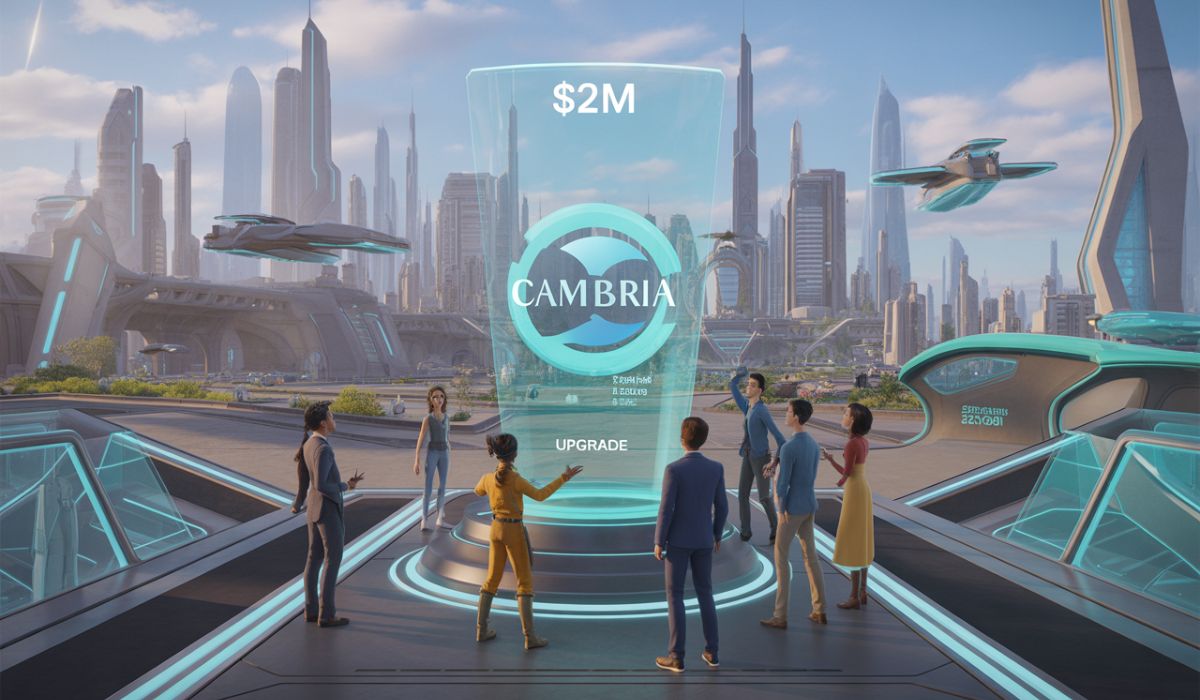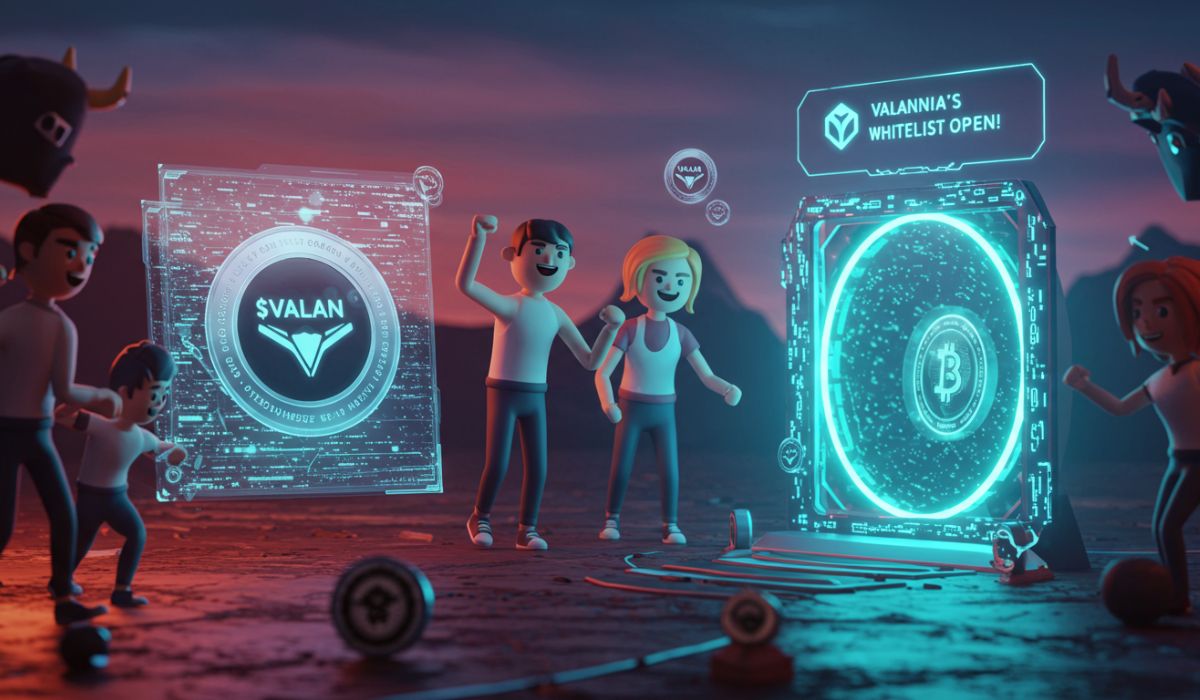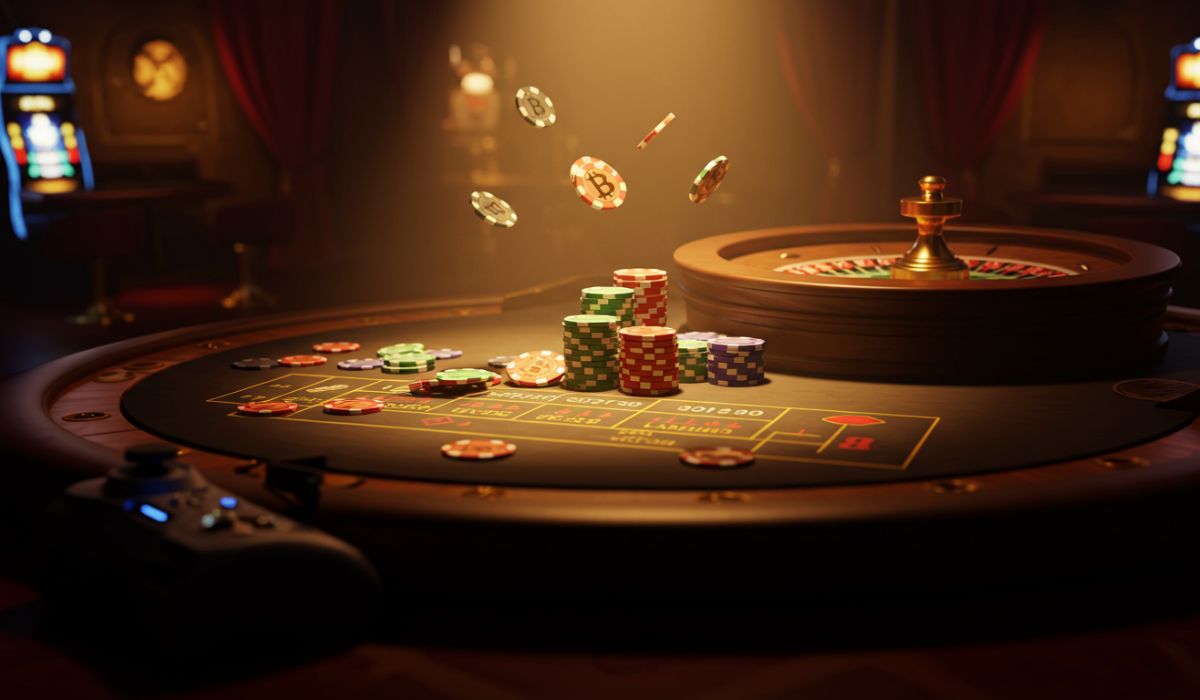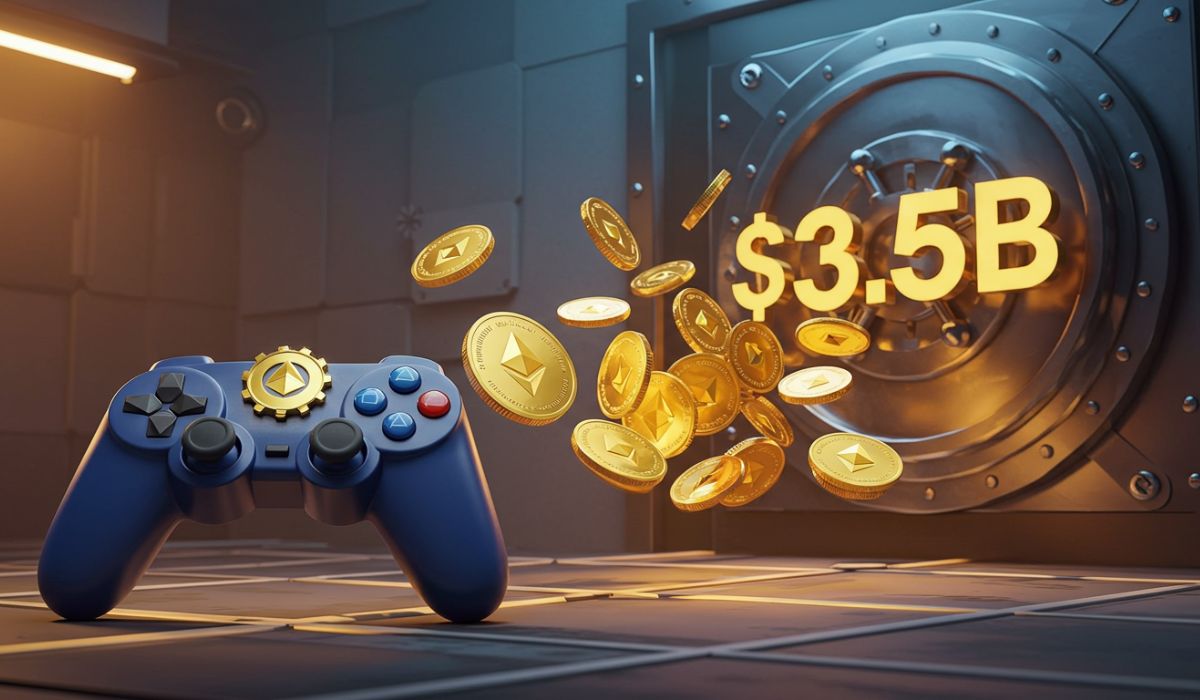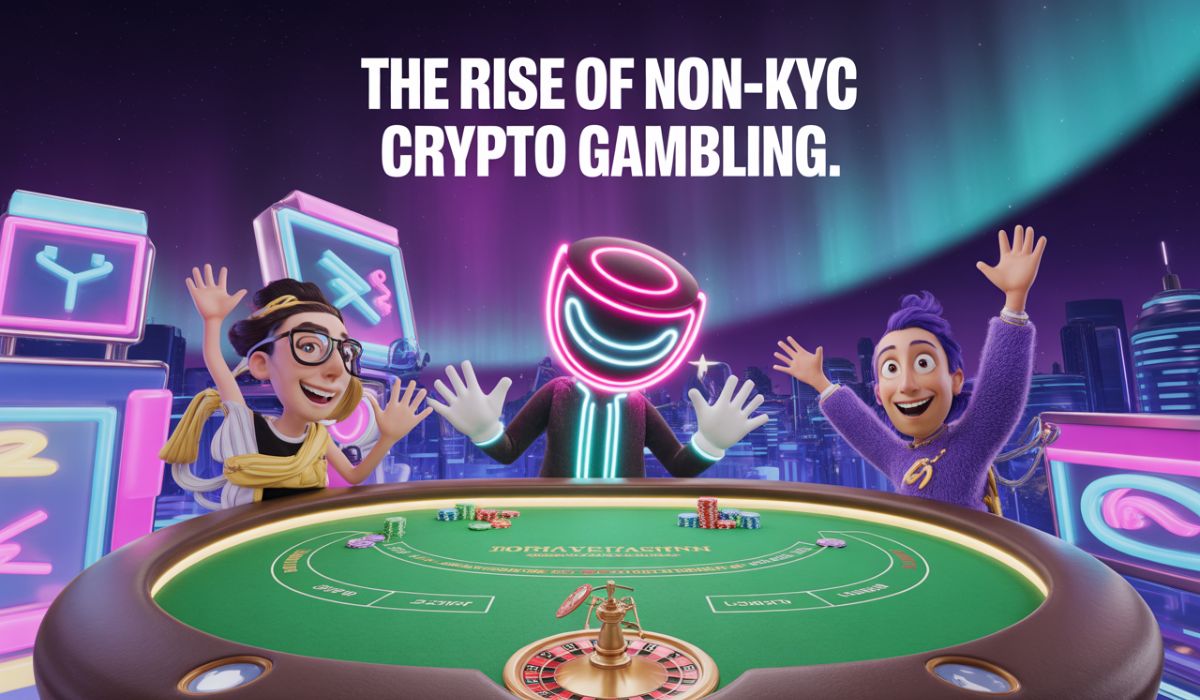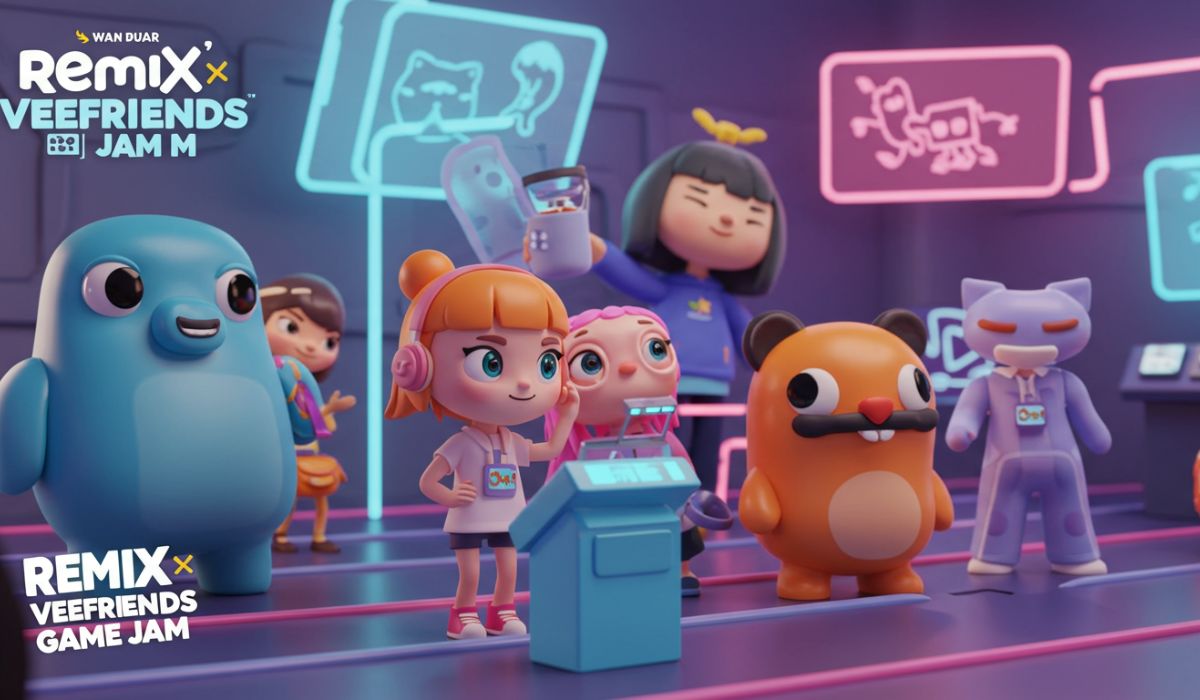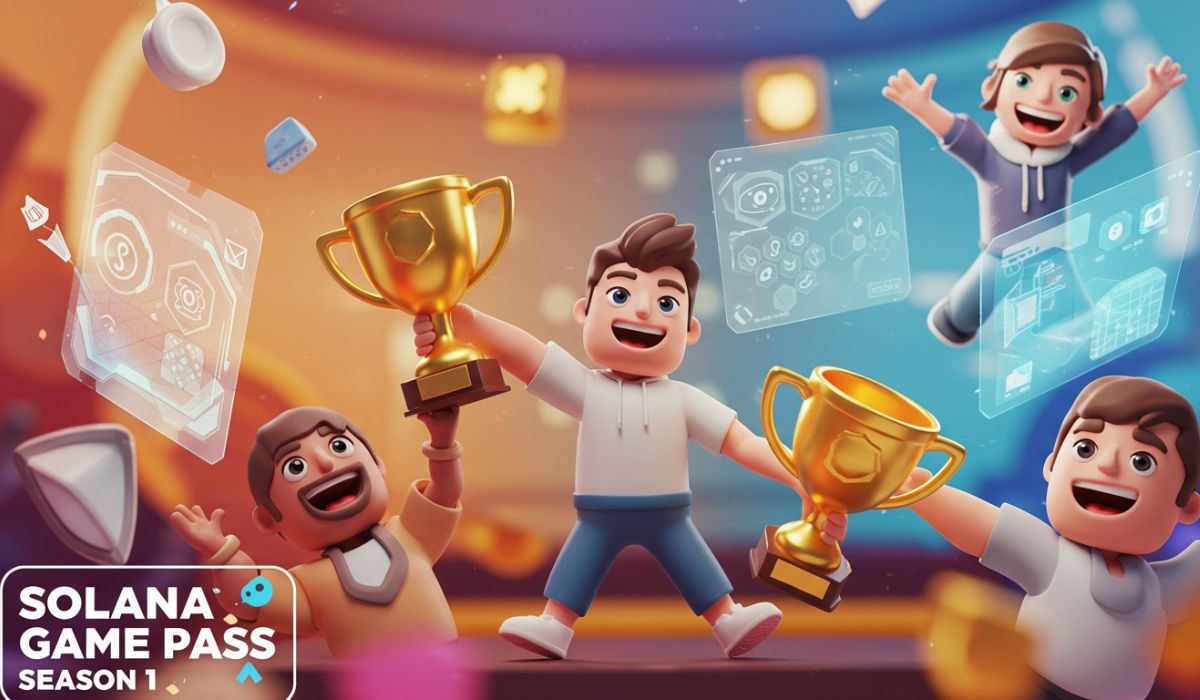Unlocking the Future: What Are Blockchain Games and How They’re Revolutionizing Gaming
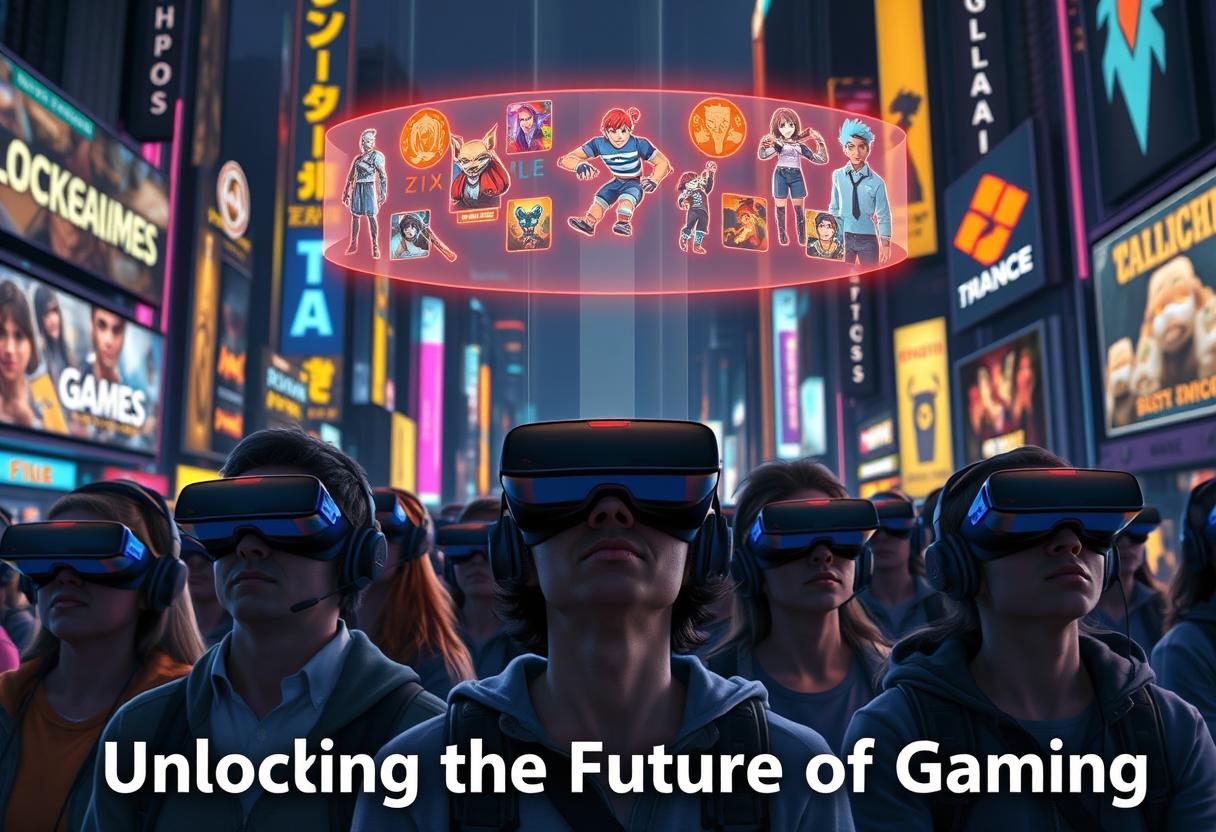
What Are Blockchain Games
Blockchain technology is making waves in the gaming world, introducing innovative concepts that are reshaping how we play and interact with digital environments. By integrating blockchain into gaming, we’re witnessing the emergence of decentralized ownership, play-to-earn models, and enhanced security, all of which are revolutionizing the gaming experience.
Understanding Blockchain Games
At its core, blockchain is a decentralized ledger that records transactions across a network of computers, ensuring transparency and security. In gaming, this translates to the creation of unique digital assets, such as in-game items or characters, that players can truly own and trade. Unlike traditional games where items are confined to the game’s ecosystem, blockchain games empower players with actual ownership, allowing for real-world value exchange.
The Technological Foundation: Understanding Blockchain’s Role in Gaming
To truly grasp the significance of blockchain games, we must delve into the technological foundation that underpins this sector. Blockchain technology enables the creation of decentralized gaming ecosystems, where in-game assets are represented as non-fungible tokens (NFTs). This empowers players with true ownership of their digital assets, allowing them to trade, sell, and transfer them across different games and platforms. This isn’t just about virtual items; it’s about digital property rights. Furthermore, the integration of smart contracts automates in-game transactions and ensures transparency, fostering trust and security within the gaming environment. We’re witnessing the emergence of decentralized gaming economies.
True Ownership with NFTs
Non-Fungible Tokens (NFTs) are pivotal in blockchain gaming. These unique digital tokens represent ownership of specific in-game assets, from weapons to virtual real estate. For instance, in games like CryptoKitties, players collect and breed unique digital cats, each represented as an NFT. This ensures that the asset is one-of-a-kind and can be traded or sold on various marketplaces, granting players tangible value for their in-game efforts.
Play-to-Earn: Gaming with Real Rewards
Blockchain games introduce the play-to-earn model, enabling players to earn cryptocurrency or other digital assets by participating in the game. Axie Infinity exemplifies this approach, where players breed, battle, and trade creatures called Axies, earning tokens that can be exchanged for real money. This model not only enhances player engagement but also provides economic opportunities, particularly in regions where traditional employment may be scarce.
Decentralized Gaming Platforms
The integration of blockchain facilitates decentralized gaming platforms, reducing reliance on central authorities.Platforms like Decentraland allow players to purchase, develop, and monetize virtual land, fostering a player-driven economy. This decentralization promotes creativity and ensures that the in-game economy is shaped by the participants rather than a central entity.
Interoperability: Assets Across Multiple Games
Blockchain enables interoperability, allowing assets to be used across different games and platforms. Imagine wielding a sword earned in one game within another game’s universe. Projects like Enjin are working towards creating a standardized ecosystem where digital assets can seamlessly transition between games, enhancing the utility and value of in-game items.
Enhanced Security and Transparency
The transparent nature of blockchain ensures that all transactions and asset ownership are verifiable, reducing fraud and cheating. Smart contracts—self-executing agreements with the terms directly written into code—automate transactions and enforce rules without the need for intermediaries. This fosters trust among players and developers, creating a more secure gaming environment.
Read More : What are Web3 Games – The Future of Gaming or Just a Bubble?
Challenges in Blockchain Gaming
Despite its promise, blockchain gaming faces challenges. Scalability remains a concern, as blockchain networks must handle vast numbers of transactions without compromising speed or cost. Additionally, the environmental impact of certain blockchain technologies and the need for regulatory clarity pose hurdles that the industry must address to achieve widespread adoption.
The Future of Blockchain Games
As technology evolves, blockchain games are poised to become more immersive and integrated into mainstream gaming.Developers are exploring ways to balance decentralization with user-friendly experiences, ensuring that blockchain’s benefits enhance rather than complicate gameplay. With ongoing advancements, blockchain gaming has the potential to redefine digital ownership and create new economic models within virtual worlds.
Final Thoughts
Blockchain games are at the forefront of a gaming revolution, offering players unprecedented control and opportunities within virtual environments. By embracing decentralization, true ownership, and play-to-earn models, these games are not only transforming how we play but also how we perceive value in digital spaces. As the industry navigates its challenges, the fusion of blockchain and gaming holds immense promise for the future.

